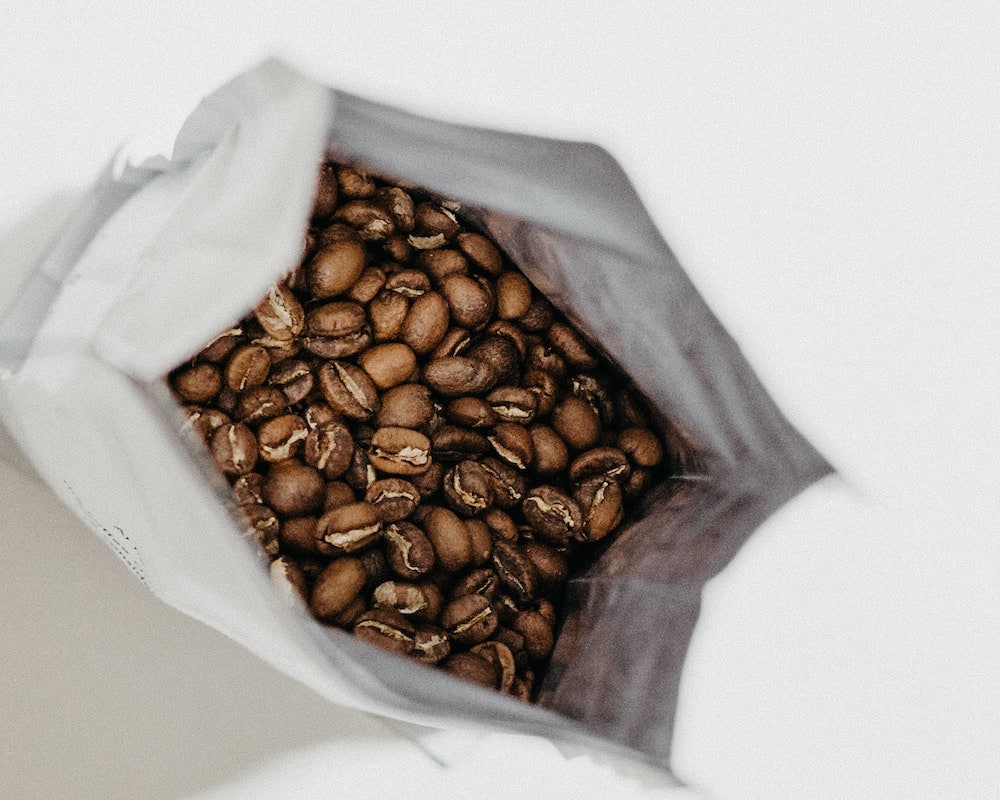The “Coffee belt”, also known as the “coffee zone”, refers to a geographic region located near the equator. It covers various countries and regions with similar climates and environmental conditions ideal for growing coffee:
- North America: Mexico
- South America: Brazil, Colombia, Peru, Ecuador, Bolivia, Venezuela,
- Central America: Costa Rica, Guatemala, Honduras, Nicaragua, El Salvador, Panamá, Jamaica, Dominican Republic, Haiti.
- Africa: Ethiopia, Kenya, Uganda, Ivory Coast, Rwanda, Tanzania, Cameroon.
- Asia: Vietnam, Indonesia, India, Yemen, Papua New Guinea, Laos.
These countries play a significant role in the global coffee market and contribute to a wide range of coffee flavors. You can pick up green coffee from the region you are interested in on the webpage https://festcoffeemission.com/en/geography/.
Why does the Coffee Belt stand out so much? First, the weather conditions. The climate in these countries is tropical or subtropical, with constant temperatures and rainfall throughout the year. Constant and well-distributed rainfall helps provide the necessary moisture for the proper development and maturation of coffee berries.
Secondly, the growing conditions. Regions with different heights, from lowlands to high mountains, host coffee plantations. Altitude plays a crucial role in coffee flavor development, as higher altitudes often produce beans with more complex and nuanced flavors. In addition, many areas of the Coffee Belt have volcanic or mineral-rich soils that provide essential nutrients and help the growth of healthy coffee trees.
Third is the biodiversity that can benefit coffee cultivation. For example, these regions are dominated by shade-grown coffee, in which coffee plants are grown under the canopy of larger trees, which promotes ecological balance. The varied climate and conditions within the coffee belt allow for the cultivation of different varieties of coffee, such as Arabica and Robusta.
The coffee belt’s favorable conditions for growing coffee have made it a vital region for coffee production, shaping the industry and influencing coffee tastes for generations.








